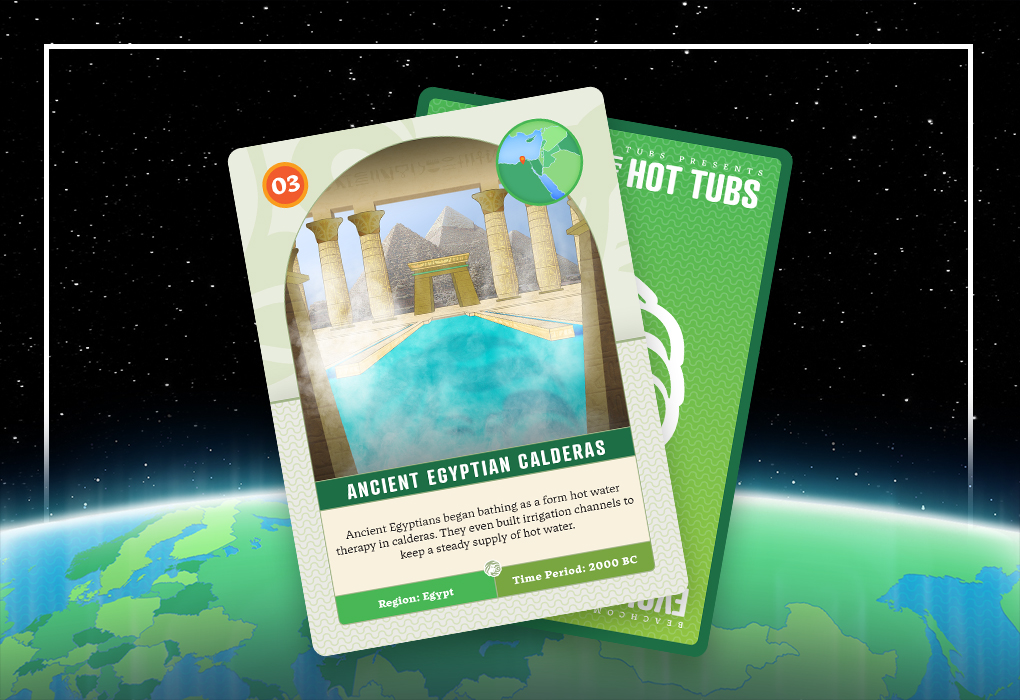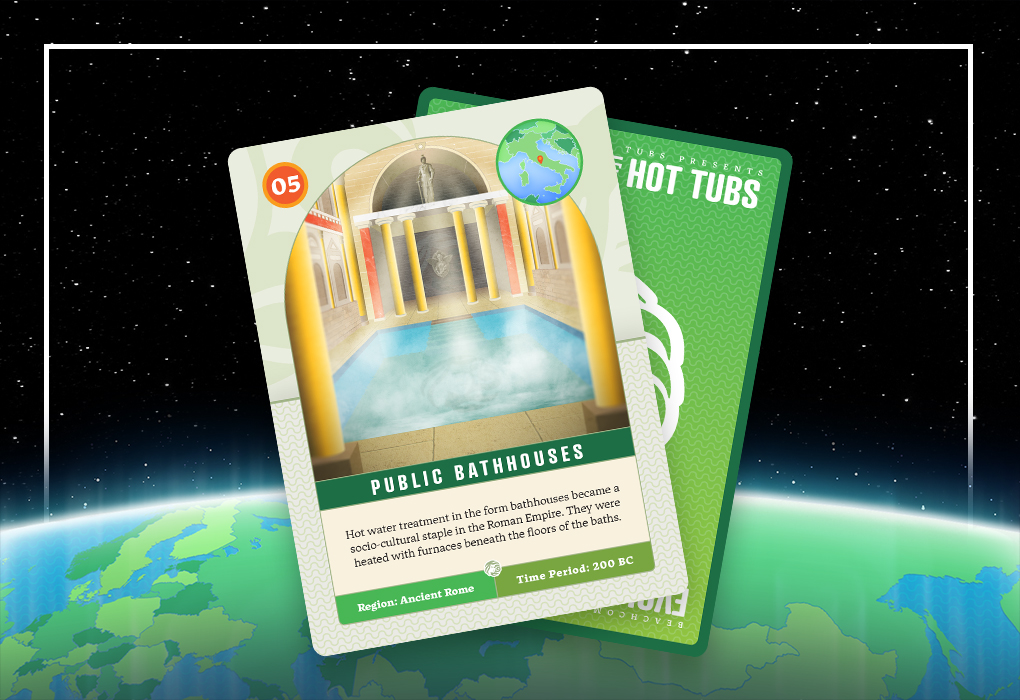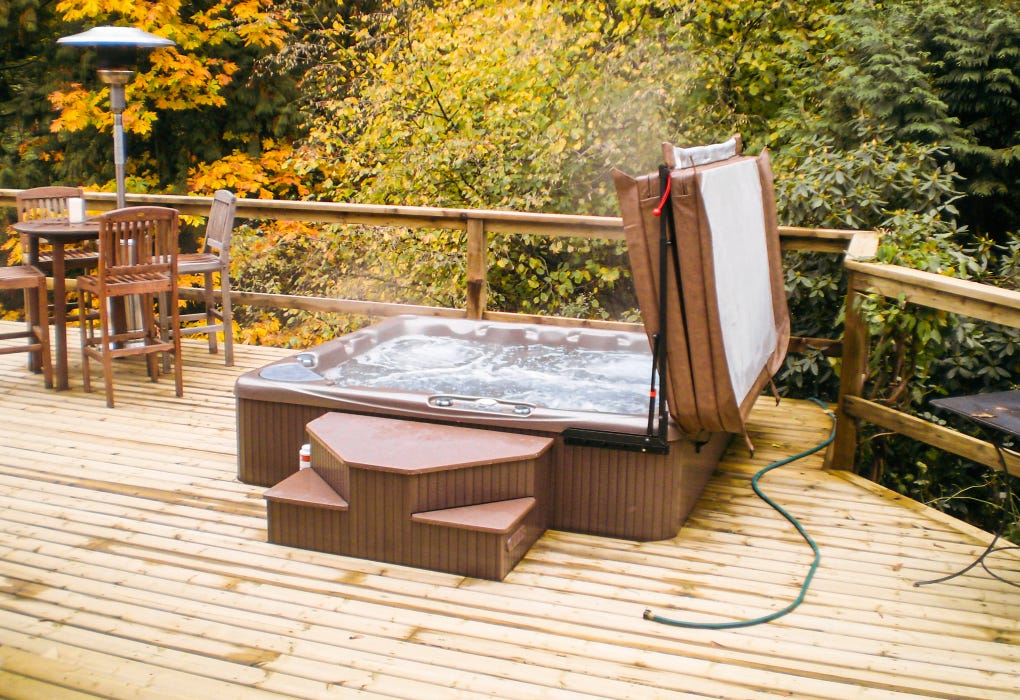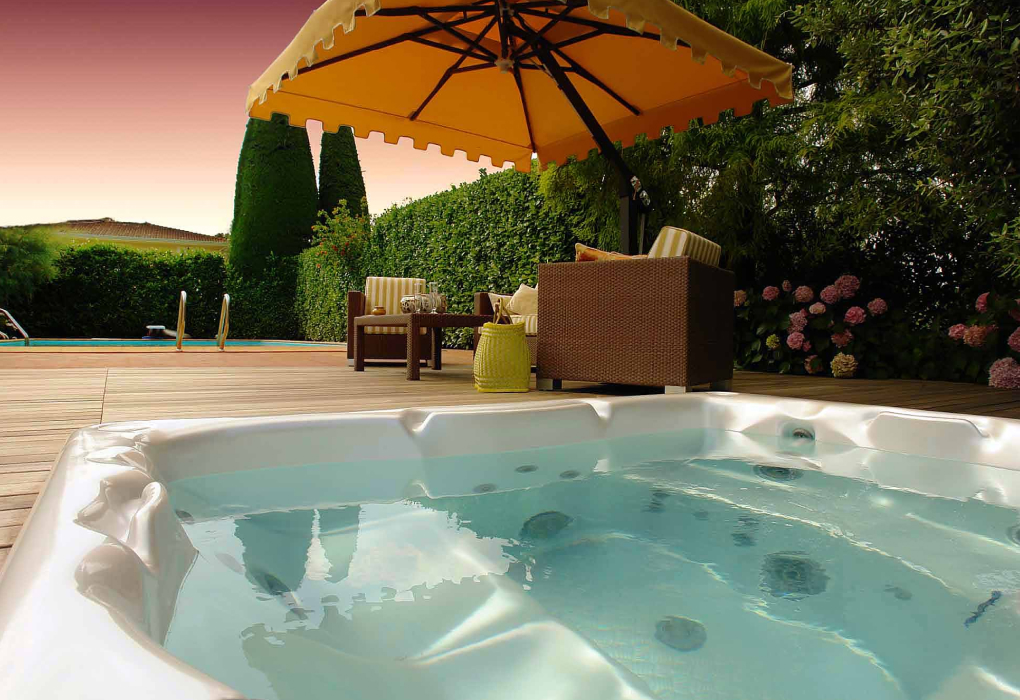About 1,500km from the Greek island of Ikaria, we come to Ancient Egypt where water therapy took on a whole new meaning.
The Ancient Egyptians are known throughout history for their high level of cleanliness, so it is no surprise that they were an integral part in the evolution of hydrotherapy and hot tubs.
They were very mindful about their hygiene. The extremely hot climate meant they would bath at least four times a day. They would also do so for religious purposes–Ancient Egyptians used to believe that bathing while they were alive would make the afterlife gods happy.
The History of Ancient Egyptian Baths
Baths took many forms in Ancient Egypt
- Bathing in the River Nile – before bathhouses existed, the Egyptians would utilize the waters of the Nile to complete their hygiene ritual. Later, bathing in the Nile become a more common practice for people who didn’t have money to build a separate area in their home that they would bath in.
- Calderas – around 2000 B.C., Ancient Egyptians began using calderas as baths. Calderas are the results of a magma chamber beneath the earth’s crust emptying after a volcanic eruption and the earth surface above collapsing. It forms a large hollow in the ground. The Egyptians would fill them with water, heat the water with red hot rocks, and then bathe in it as part of their routine.
- Bathhouses – Ancient Egyptians then went on the develop bathhouses. These were elaborate, two-story buildings that contained a steam room, a swimming pool, and a gym. The steam room was used by Egyptians to sit and absorb the water from the steam while getting therapeutic massages. This can be considered an early form of hydrotherapy, using water, heat, and massage to cleanse and relax the body and mind. The steam and heated water in these bathhouses came from underground infrastructure that ensured a constant flow.
- Hip basins – this was a communal bathing area where Egyptians would sit in a basin while someone poured water over them. These were initially separated into men and women, but later became a more generic and larger area that anyone could use.
Many of the bathing methods throughout this time were public, with some division of men and women but often everyone would bathe in the same area. Some of the wealthier families at the time would build rooms in their homes to bathe, but this was uncommon as it was costly to install. Most people were happy to use public baths as the users would be regulated by officials, and anyone with visible skin disease was not permitted to enter.
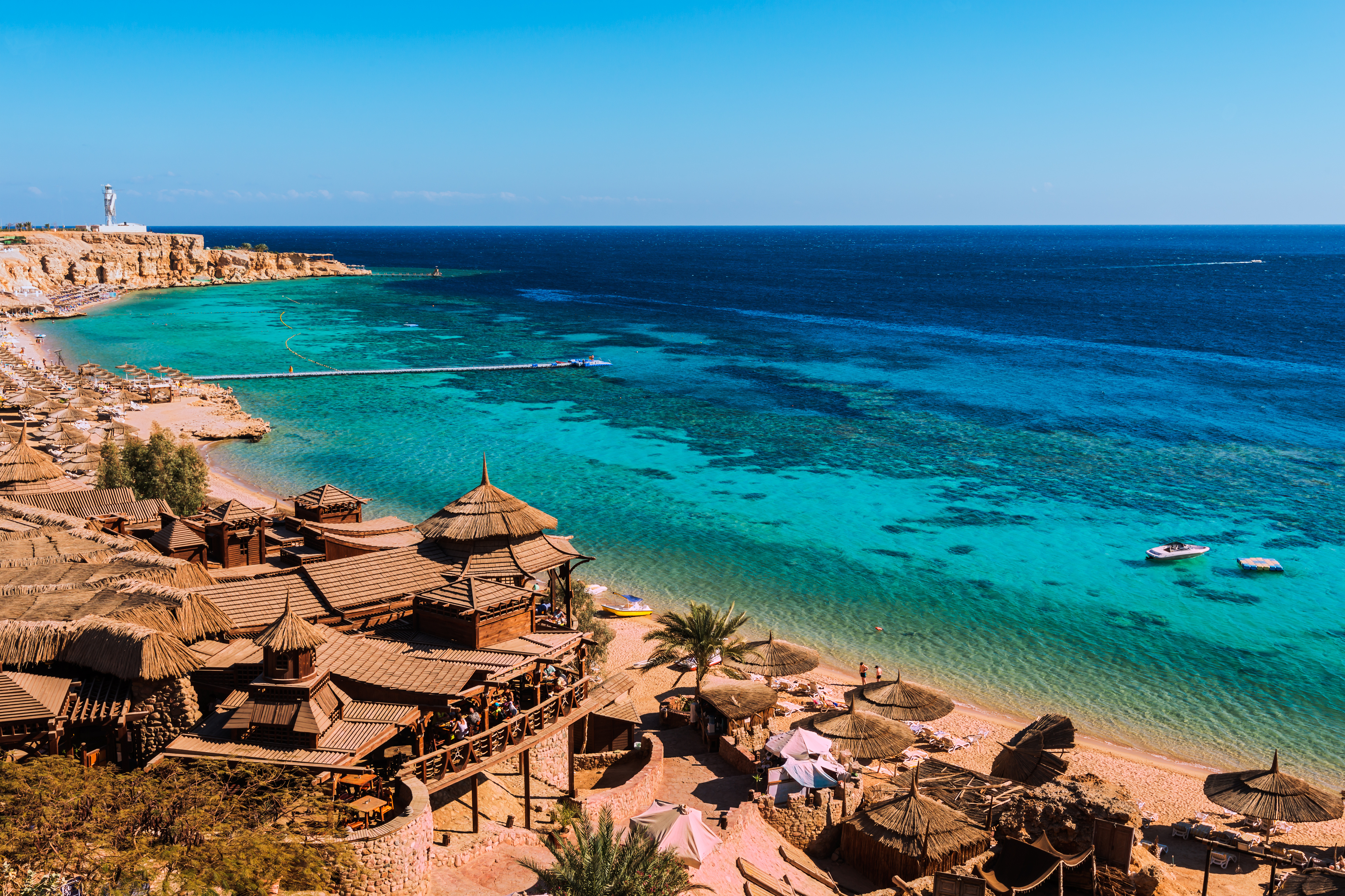
The Benefits
Ancient Egyptians valued bathhouses and calderas because they made their hygiene routine much easier. The availability of bathing options ensured that they could as clean as possible. However, this wasn’t the only benefit to them.
- Ancient Egyptians found that they were closer to their gods when they were bathing. Much like ancient Greece, there was a sense of spirituality when using warm waters to cleanse. The Egyptians took this further by adding aromatherapy to the regime. They would put oils and flowers in the water and feel a deeper connection with their religion.
- Many of the bathhouses in Ancient Egypt had multiple purposes. For example, the steam rooms where they could get therapeutic massages would help ease tense muscles and joints. The bather was then able to soak in the baths for further relaxation.
The Ancient Egyptian calderas and bathhouses may have been the first infrastructures that didn’t utilize hot springs. We know that previous centuries would see people flock to the natural phenomena of geothermal springs and develop bathhouses and spas around them using the thermal spa water. By establishing water heating methods that didn’t require a naturally occurring hot spring, bathhouses could be developed anywhere for people to enjoy the benefits of water.
As time went on, and other empires and civilizations impacted on the ancient Egyptian customs, the design of bathhouses in Egypt changed. There have been many discoveries by archaeologists that show Greek and Roman style baths throughout Egypt. This indicates how different cultures and ideas around bathing and hydrotherapy spread and developed over time. What was first and foremost a hygiene and aromatherapy ritual for Egyptians, slowly changed to focus more on water-based therapy and medicinal benefits.
Eager to know more? Download our infographic and sign up for our newsletter to be notified of the next blog post in our timeline!

